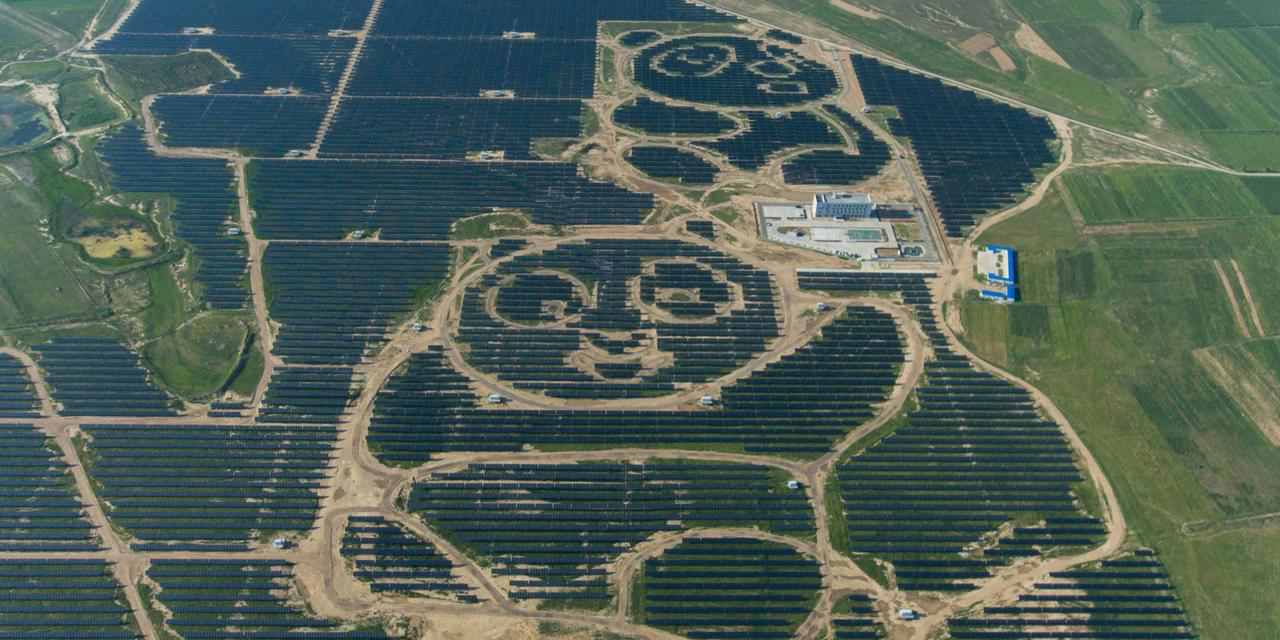Bringing solar power to the people, but coming from different directions - bottom-up and top-down
An encouraging story - in a dispiriting context - from a YouGov poll:
More than half of the British public would install solar panels and home batteries to tackle climate change if there was greater assistance from the government, polling has found.
While many have already made their home more energy efficient, 62% said they wanted to fit solar and a surprisingly high 60% would buy an energy storage device such as those sold by Tesla.
An even greater number – 71% – would join a local energy scheme such as a community windfarm or solar panel collective, according to the YouGov survey.
The results run counter to the government’s approach to climate change and energy, which favours large-scale power generation such as nuclear plants and offshore windfarms.
Community energy projects have flatlined in the face of government subsidy cuts and tax changes, while incentives for household solar will expire next year without a replacement. There is no support for people considering a home battery.
Again, given the sclerosis of national government, we are interested here in local and do-able solutions. Solar power should be part of the basket of renewable energy sources in the UK (even if sometimes the cloud, wind and rain seem more inexhaustible than sunshine...). And the technologies are advancing in a direction that makes community autonomy about this seem more and more viable.
For example, see this innovation which massively reduces the cost of solar panels. Invented by Paul Dastoor of Newcastle University, these are "less than one millimetre thick and held down with double-sided sticky tape. The panels are similar in texture to a potato chip packet and can be produced for less than $10 per square metre":
The printed solar technology is not as efficient as the silicon-based one, and degrades much faster. But Dastoor believes its low production and installation costs would make it competitive.
“The point of this technology is that if you look at it in terms of raw efficiency numbers, it’s much lower than typical silicon cells [and] it doesn’t last as long but actually those aren’t the important numbers,” he said.
“The question is how much does the energy cost? These materials are so cheap to make, manufacture and install that when you calculate the total cost of energy when manufacturing at scale, it’s going to give you a competitive product.”
Dastoor said it would be easy for companies to sell energy “plans” for consumers to sign up in the same way they do with mobile phones.
The commercial installation was completed in a day by five employees, and a lab-size printer can produce hundreds of metres of the product in one day.
Dastoor believes that this could make signing up for solar power supply "as easy as getting a mobile phone contract".
Is making solar power generation as simple (and cheap) as sellotaping covering to a roof, and thus accessible to active citizens, the way to go in the democratic, disputatious West? Look to China, and you'll see the opposite form of action - vast and hugely planned programmes and incentives to put the continent at the forefront of solar power.
This piece from BBC Future open with a striking image:
Fly over “Datong County”, a region in northern China, and you’ll see two giant pandas. One is waving at you. They are made of thousands of solar panels.
Together, and with the other adjacent panels included, they form a 100-megawatt farm covering 248 acres. It’s actually a relatively small solar park by China’s standards – but it is certainly patriotic.
“It is designed and built as the image of the Chinese national treasure – the giant panda,” explains a document from Panda Green Energy, the company that constructed the farm.
China has more solar energy capacity than any other country in the world, at a gargantuan 130 gigawatts
Cleaning up the Chinese energy mix is a key policy objective. Roughly two thirds of the country’s electricity still comes from burning coal.
It’s no wonder that the vast, sun-drenched plains of north and north-western China have become home to huge solar farms. There’s lots of space there to build them and the solar resource is reasonably reliable. Their construction has also been moving at a blistering pace. The IEA notes that China met its own 2020 target for solar energy capacity additions three years early.
To conclude, a counter-intuitive story: giant solar parks in the Sahara could re-green the desert areas.




